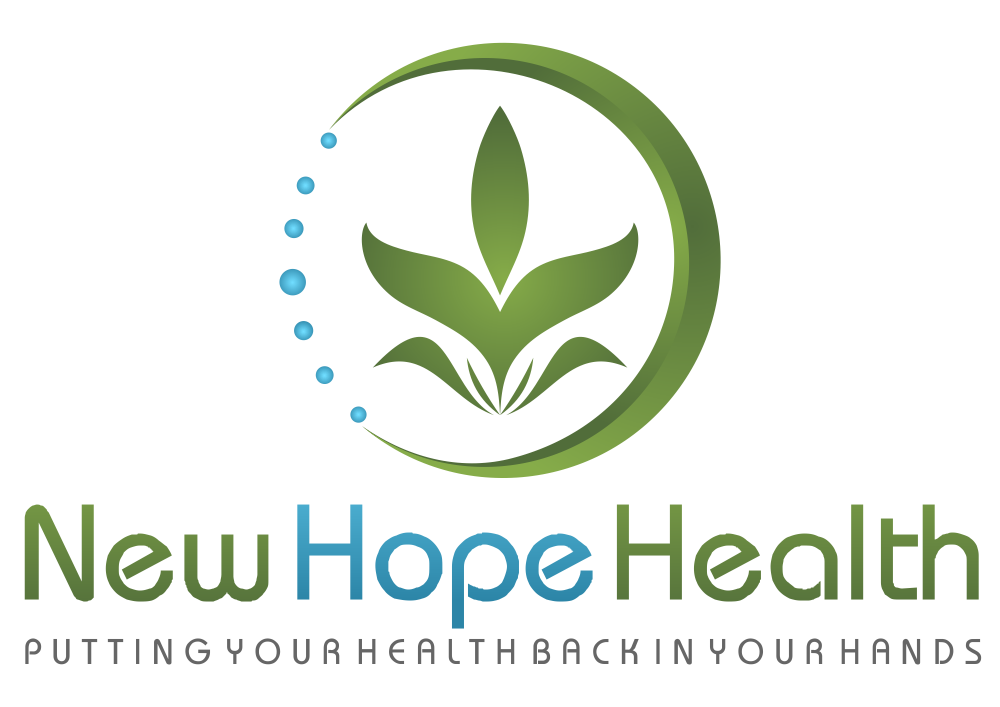
There are lots of different types of headaches. A migraine is not just a bad headache. It has some specific nuances including disabling pain, light and sound sensitivity and many other symptoms that make doing “regular life” not possible.
What’s going on?
Causes are difficult to nail down and there seem to be several factors that can contribute to this condition including genetics, environmental factors, functional issues as well as structural problems. There is often some sort of dysregulation of the neurological network involving neurotransmitters and blood flow in the brain. Neurotransmitters are chemical messengers that allow the brain to talk to the rest of the body. If one or many of these messengers isn’t working well, it would be like trying to talk to your family but only to find that they didn’t speak the same language.
There are typically 3-4 phases of a migraine:
- Phase 1 (prodrome).2 Many people know a migraine is coming during this phase. Common symptoms include:
- Yawning
- Fatigue
- Irritability
- Sensitivity to sound and light
- Depression
- Neck stiffness
- Phase 2 (auras). Although these are common, not everyone who suffers with migraines goes through auras. An aura has to do with visual issues such as seeing spots, shapes or having blurred vision and can also include confusion or numbness.3 It is important to address migraines, especially with auras as quickly and effectively as possible, as migraines with auras can be a risk factor for stroke.4
- Phase 3 (the headache). The headaches are pulsating, debilitating and normally only on one side of the head. This is not the type of headache you can “push through.” Most people find that they need to be laying down in a quiet dark room to even make it through these headaches. Nausea and vomiting can also be part of this phase.3
- Phase 4 (postdrome). This phase is where the headache has lifted but the person is left feeling exhausted, with a poor appetite and some have described it as a hungover feeling. This can last hours or sometimes a couple of days.
Common triggers include:
- Emotional stress (most common).5 Take note that emotional stress is exacerbated by poor sleep, lack of exercise and a diet low in vitamins and minerals (among other factors).
- Poor sleep/sleep disturbance.5 Good sleep is magical for health and healing of the brain and nervous system.
- Dietary factors.5 Most common dietary triggers (in order) include:
- Coffee6
- Chocolate6
- Foods with MSG6
- Food allergies7
- Alcohol7
Any of these can all trigger the onset of inflammation and the pain that follows.3
A whole food plant-based diet can help:
By its very nature, a balanced whole food plant-based diet is great for this condition as it helps support good vascular health, brain health and is naturally anti-inflammatory. This type of diet has been shown to be helpful for many conditions, including migraine headaches.8
Some great foods that can help with migraines include:
- Dark leafy greens (rich in calcium, magnesium and lots of other micronutrients that help with migraines).9 This can be in the form of salads, smoothie, wraps or whatever you like. A few options include:
- Kale
- Spinach
- Romaine
- Arugula
- Chard
- Beet greens
- Healthy fats rich in omega 3s (anti-inflammatory effect):10
- Walnuts
- Flaxseeds
- Chia seeds
- Edamame (organic soybeans)
Supplements that can help with migraines:
- Vitamin D3 has also been found to be low in those with migraines.11 Although the actual connection remains vague, the fact remains that you’re more likely to have migraines (along with many other health challenges) if your vitamin D is low.
- Recommendation for vitamin D3 supplementation: Take 1000-2000 IUs/day and adjust once you have your labs. (This recommendation is based on using the vitamin D3 from Premier Research Labs– 1000 IUs/drop.)
*Note- Adverse effects are rare when taking in recommended doses.
- Recommendation for vitamin D3 supplementation: Take 1000-2000 IUs/day and adjust once you have your labs. (This recommendation is based on using the vitamin D3 from Premier Research Labs– 1000 IUs/drop.)
- Probiotics12 can help with migraines due to the strong connection that the gut has with the brain. Supporting proper digestion, assimilation and elimination are all helpful.
- Recommendation: Take 1 capsule of Symbiome (from Physica Energetics) 1-2 times/day on an empty stomach. (This probiotic has 50 billion CFUs/capsule.)
*Note- Although major issues are rare, some people do experience mild stomach discomfort (gas, bloating, nausea) when starting a probiotic.
- Recommendation: Take 1 capsule of Symbiome (from Physica Energetics) 1-2 times/day on an empty stomach. (This probiotic has 50 billion CFUs/capsule.)
Remember the value in prevention!
Never underestimate the power of basic health practices. There is no substitute for staying hydrated, exercise, getting good rest and sleep, laughter/joy and eating delicious whole food. Set yourself up to win by taking small steps each day toward a healthier lifestyle. If you need help, feel free to reach out!
References:
1. Linforth P. Migraine photo 7434. pixabay. https://pixabay.com/illustrations/brain-electrical-knowledge-migraine-1845962/. Accessed August 5, 2021.
2. Burstein R, Noseda R, Borsook D. Migraine: Multiple processes, complex pathophysiology. J Neurosci. 2015. doi:10.1523/JNEUROSCI.0373-15.2015
3. Andreou AP, Edvinsson L. Mechanisms of migraine as a chronic evolutive condition. J Headache Pain. 2019. doi:10.1186/s10194-019-1066-0
4. Etminan M, Takkouche B, Isorna FC, Samii A. Risk of ischaemic stroke in people with migraine: Systematic review and meta-analysis of observational studies. Br Med J. 2005. doi:10.1136/bmj.38302.504063.8F
5. Mollaoǧlu M. Trigger factors in migraine patients. J Health Psychol. 2013. doi:10.1177/1359105312446773
6. Tai MLS, Yap JF, Goh CB. Dietary trigger factors of migraine and tension-type headache in a South East Asian Country. J Pain Res. 2018. doi:10.2147/JPR.S158151
7. Hindiyeh NA, Zhang N, Farrar M, Banerjee P, Lombard L, Aurora SK. The Role of Diet and Nutrition in Migraine Triggers and Treatment: A Systematic Literature Review. Headache. 2020. doi:10.1111/head.13836
8. Bunner AE, Agarwal U, Gonzales JF, Valente F, Barnard ND. Nutrition intervention for migraine: a randomized crossover trial. J Headache Pain. 2014. doi:10.1186/1129-2377-15-69
9. Meng SH, Wang MX, Kang LX, et al. Dietary Intake of Calcium and Magnesium in Relation to Severe Headache or Migraine. Front Nutr. 2021. doi:10.3389/fnut.2021.653765
10. Soveyd N, Abdolahi M, Bitarafan S, et al. Molecular mechanisms of omega-3 fatty acids in the migraine headache. Iran J Neurol. 2017.
11. Nowaczewska M, Wiciński M, Osiński S, Kázmierczak H. The role of vitamin D in primary headache–from potential mechanism to treatment. Nutrients. 2020. doi:10.3390/nu12010243
12. Arzani M, Jahromi SR, Ghorbani Z, et al. Gut-brain Axis and migraine headache: A comprehensive review. J Headache Pain. 2020. doi:10.1186/s10194-020-1078-9
Nothing said or implied in this post is intended to treat, cure, diagnose or prevent any disease. It does not take the place of a qualified health care practitioner and is intended for educational purposes only.

Dr. LeAnn Fritz, PhD
Dr. LeAnn is a practitioner, coach, speaker, consultant, and the founder of New Hope Health. She is also the author of The Quantum Weight Loss Blueprint, and Get Healthy Now. She is laser-focused on practical, evidence-based practices to empower her clients to get real results that last. She sets the bar when it comes to radiant health that will change every area of your life forevermore.
Recent Posts
Label Ingredients, Simplified
I have recently had several clients express how confusing it was to read food labels
Do I Need to Take Supplements FOREVER?
Do I need to take supplements forever? This is a common question that I get
The Best Hummus Ever
Beans are for sure an overlooked superfood. They are loaded with fiber, protein and lots
Curious about achieving your highest level of health?
Schedule your consultation with Dr. LeAnn today, and get your health back in your hands.



